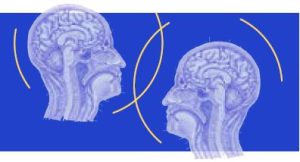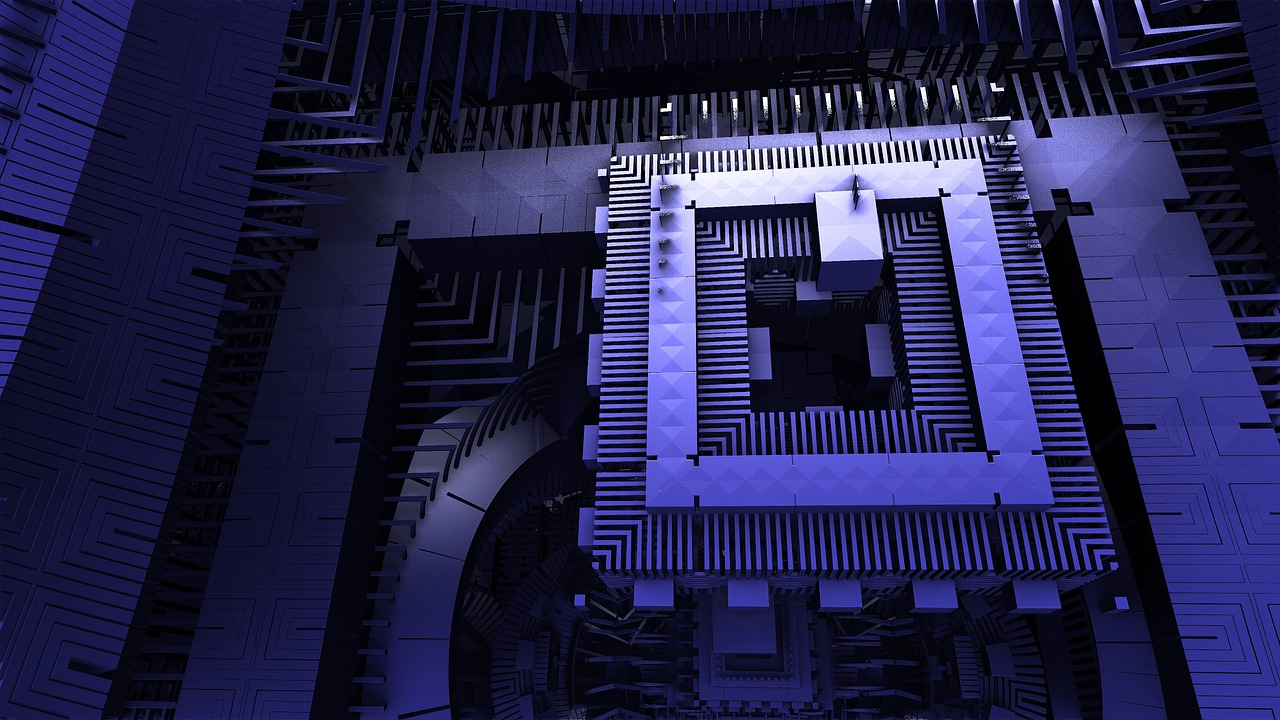There’s no easy way to explain how quantum computing works without getting deep into the kind of math that only quantum physicists can understand. But here is a brief overview that draws on numerous efforts to make quantum computing accessible to the rest of us. Click on the hyperlinks for a deeper dive.
Classical vs. Quantum Computing
As many of us have learned along the way, a computer runs on binary code: It converts information into ones and zeros, making it incredibly efficient at running calculations and storing or communicating data.
In a classical computer, such as your laptop or phone, that information is encoded in bits, or binary digits, with each capable of representing either a one or zero.
Quantum computers also use binary code, but there’s a big difference. They encode information in quantum particles — such as atoms, ions and photons — that aren’t strictly binary. A quantum bit, or qubit, can represent a zero, a one, or both a zero and a one simultaneously. That attribute, known as a superposition, makes it possible to run incredibly complex calculations very quickly.
This ability reflects the murky nature of quantum mechanics, which deals in probabilities. Think about a coin toss. As the coin spin through the air, there’s an equal probability that the heads or tails side is facing up. By taking advantage of those multiple states, a quantum computer can run a massive number of calculations at one time. (To learn more, check out this article.)
Another important quantum property is entanglement, which makes it possible to manipulate multiple qubits, as explained in this video.
It’s all about math: The more qubits you have, the more ones and zeros you can use to run calculations.
“While doubling the number of bits in a classical computer doubles its processing power, adding qubits results in an exponential upswing in computing power and ability,” this article explains.
Quantum Concepts in Human Terms

Have you ever been in love?
Two people spend time together, influencing each other, so interconnected that they act as one. When they are apart — no matter how far away — a connection remains, and they still influence each other. That’s a bit like quantum entanglement.

Can you hold two opposing ideas in your mind simultaneously?
Yes, probably, but it can be difficult. Think of a classical computer as having one idea at a time — either zero or one. But a quantum computer can work with both at the same time, like holding two opposing ideas. That’s similar to superposition.
This article appeared in our guide, “Quantum Computing 101: Getting Ready for Tomorrow’s Tech.” To learn more about this groundbreaking technology, including how and when it will impact you, download the guide here:





Leave a Reply
You must be logged in to post a comment.